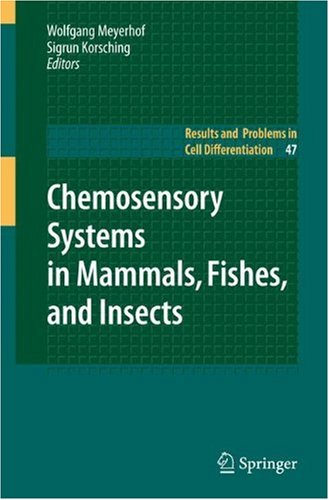

Most ebook files are in PDF format, so you can easily read them using various software such as Foxit Reader or directly on the Google Chrome browser.
Some ebook files are released by publishers in other formats such as .awz, .mobi, .epub, .fb2, etc. You may need to install specific software to read these formats on mobile/PC, such as Calibre.
Please read the tutorial at this link: https://ebookbell.com/faq
We offer FREE conversion to the popular formats you request; however, this may take some time. Therefore, right after payment, please email us, and we will try to provide the service as quickly as possible.
For some exceptional file formats or broken links (if any), please refrain from opening any disputes. Instead, email us first, and we will try to assist within a maximum of 6 hours.
EbookBell Team

4.3
38 reviewsThe sense of smell has varied roles in locating food, detecting predators, navigating, and communicating social information, whereas the taste system is focused on decision-making in food intake. The last decade has witnessed massive advances in understanding the molecular logic of chemosensory information processing, and the results for taste sensation were found to differ in interesting ways from those for smell sensation. The 12 chapters of this book cover the current knowledge about the chemosensory systems in mammalian, fish and insect models. The advantages of the different model systems are emphasized. The genomic characteristics and evolution of olfactory and gustatory receptor gene families are analyzed, rules for odorant receptor gene choice and axonal projection of the corresponding receptor neurons are discussed, and the similarities and dissimilarities of pheromone vs. odorant sensing are examined as well as the molecular logic of mammalian sweet taste, bitter taste, and fat perception. Olfactory-guided and taste-guided behaviors are discussed, with a particular emphasis on the insect system.